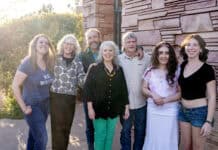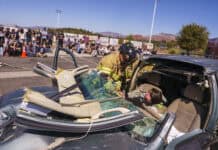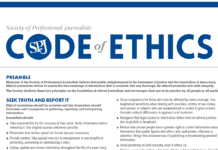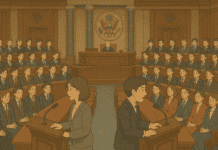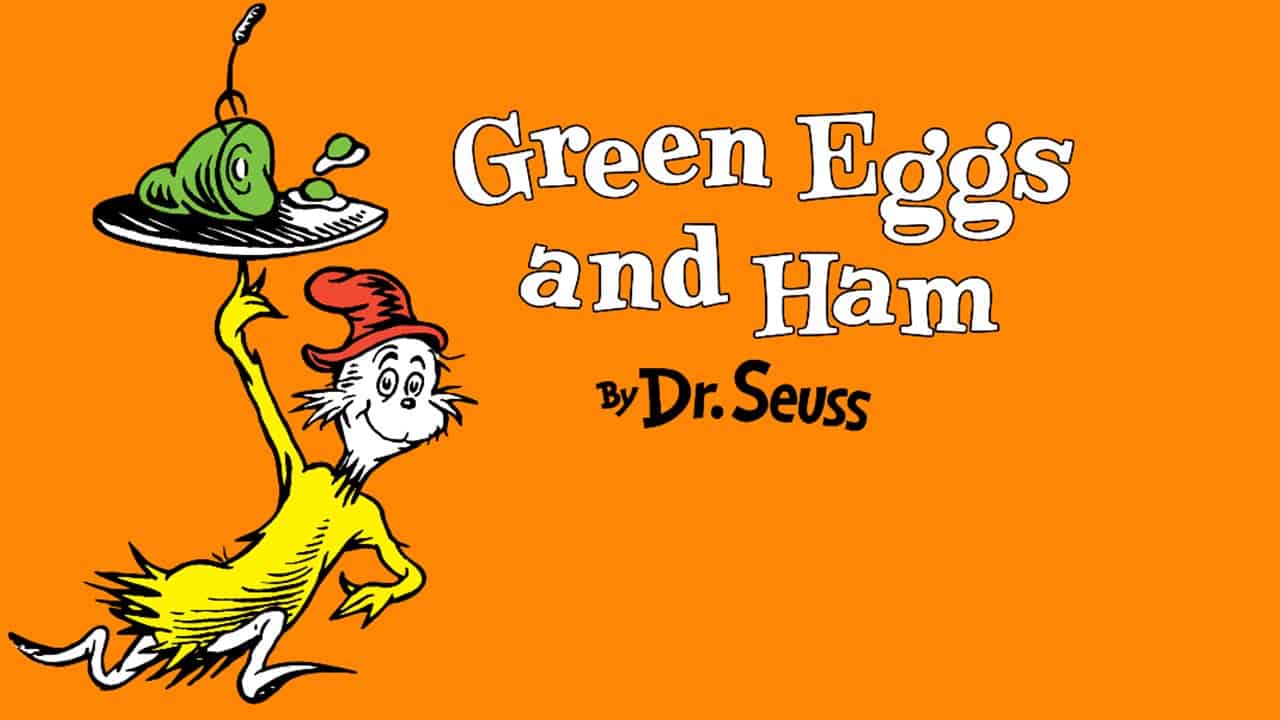On Wednesday, I joined with dozens of other local adults to read to local children for Read Across America, in celebration of the birthday of children’s author Theodor Seuss Geisel, aka Dr. Seuss.
For my segment at West Sedona School, I chose “Green Eggs and Ham,” and read to Carly Starr’s third-grade class.
The students were engaged in the book, asking questions about the pictures — most notably about passengers in the boat-train collision, theorizing about the implications and whether the blissful passengers could swim or if they would drown. Kind of heavy topics for third-graders, but they wanted to critically analyze the book, so I obliged and we had a fun discussion.
As a newspaper journalist, I want people to always question what they read and not accept everything at face value, whether a poem, a quote from an elected official in a newspaper article or a policy statement by their government.
I want people to ask about what they see and more importantly what they don’t, ask “why” and always question those in charge, be it their president, their mayor or their local newspaper editor in a silly fedora reading a beloved children’s book upside down.
As a poet, I also want children to enjoy reading generally and poetry specifically. Dr. Seuss is one of the best allies of poets in the English-speaking world because his books work on many levels. Seuss primarily uses rhyming couples with anapestic [dum, dum, DUM] and amphibrachic [dum, DUM, dum] trisyllabic tetrameters and iambic [dum DUM] disyllabic tetrameters, short poetic feet that generate a drive toward the accent in each foot, and toward the rhyme at the end, keeping the poem moving.
In readers and younger children especially, this drive creates urgency to finish each line and yearn for the rhyme of the second line to conclude the anticipation set up in the first, making kids more likely to continue reading the poem or book to its conclusion without getting bored.
Filling those lines with nonsense phrases and silly pictures allows children to imagine what’s happening without being told what is happening by an authority figure.
Psychologically, it’s a brilliant tactic to get a children invested in reading. But the “Dr.” in “Dr. Seuss” wasn’t for psychology [Geisel picked it because his father wanted him to be a doctor]. Geisel wrote the way he did because poems sounded good and because he wanted children to love reading. An online video of Burning Man attendees joyfully reading lines from “Oh, the Places You’ll Go!” went viral in 2011 because Seuss’ playful poetry transcends all ages (CLICK HERE TO WATCH).
Hopefully, Starr’s West Sedona School students had as much fun on Dr. Seuss’ birthday as I did and that our interaction turns into a lifelong love of reading and poetry, just as Dr. Seuss intended.
Christopher Fox Graham
Managing Editor



